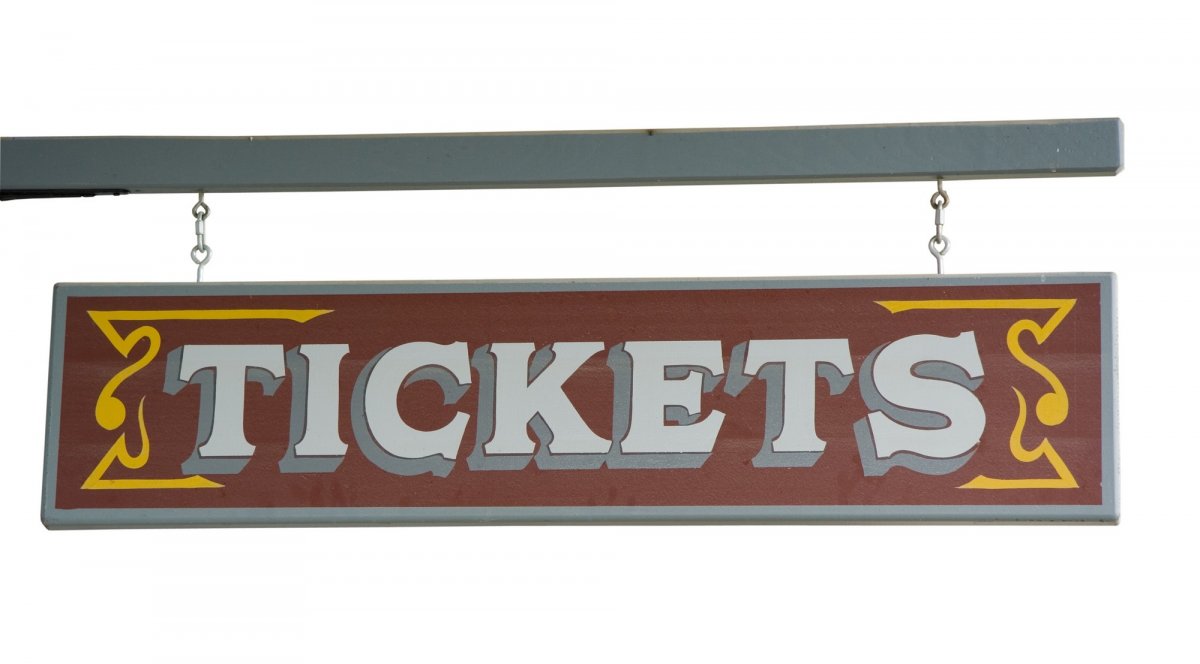As for the various combined issues re sell and handling of these passes:
This comes, now from memory, from a dedicated forum in NL on passes etc., now ceased, and from someone posting on it who has worked a summertime job as student doing the administration for NS-INternational. NS in NL (my country, yes) is since many years the one railway doing the administrations for these passes and were asked to continue doing it some time ago due to general satisfaction on how it was done. But they suffered from extreme shortage of staff last year-which may explain the then very long delay in sending out passes to OZ=Australia.
Of course there are figures on sales etc-now of course even much better and faster as in the era of only paper. Traditionally (per head of pop.) most were sold in SE=Sweden-for many years, and most were used in the south of EUrope. Thus there had to be a way of compensating railways for that-even though fares (in the past most often fixed per KM, much more as now with dynamic prices) in the north were also much higher as in the south. And yes-this was indeed done by analysing these travel diaries, for some countries indeed up to the individual carriers-in the past of course in most countries there was just the state-owned burocratic monstrosity, like BR once also was. Since then however -esp. in south-east EUR, many once existing international links have ceased. Plus that esp. in FR-ES-IT those newer hi-speed lines were opened and all have mandatory reservation etc. To convince clients to do that sending in, presents were offered and after a while they even discovered that most would like to keep it as souvenir-so a send-back offer was also introduced.
In the past EUrail also was much more costly as INterRail and even more as for those above junior-age as only 1st cl. was available. And the UK was out of that scheme. Which may explain the many questions from Americans and the like about this. Both pass-systems have more or less merged into same: prices, availability. EUrail was much older as INterRail-it was aimed at filling the expensive TEE international trains started in the 50ies. Americans were thought of as being to much spoilt in luxury then to even consider 2nd cl in normal trains.(no AC then to start with!)
You can imagine this analysis was quite a costly and very specialistic job to do-so once they started these mobile passes and soon found it all worked properly, they decided to use only those now for these analysis. And more or less prompt all to finish or at least minimize sales of paper passes.
As I stated many monthes ago, they have since my try-out on 1 they have won me for the mobile pass.
And as I am now again in DE=Germany, Leipzig: DB and all others are now very, very well used to the QR-codes-as the major half of this new 49€/month Deutschland passes also have that. My plastic chipcard from Aachen is also read anywhere-DB conductors at least have new smart and very small (like a handy=smartfone) devizes for that but most often also have to show ID. But most buses cannot and I am just waved on.
Germany has some weird/old-fashioned (in the eyes of non-germans) traditions they tend to stick to: using cash money, using paper tickets and also printed timetables, always extreme caution when personal details are asked for, etc.

